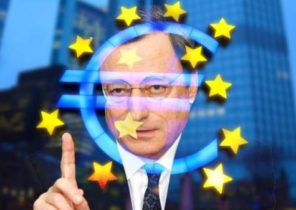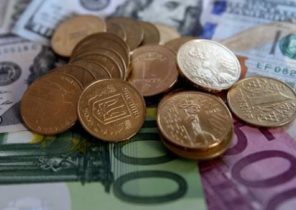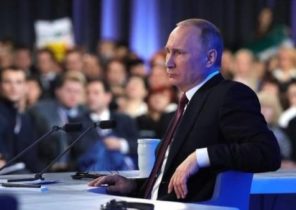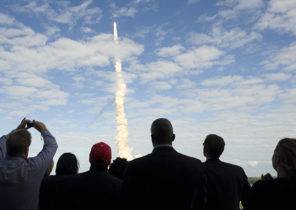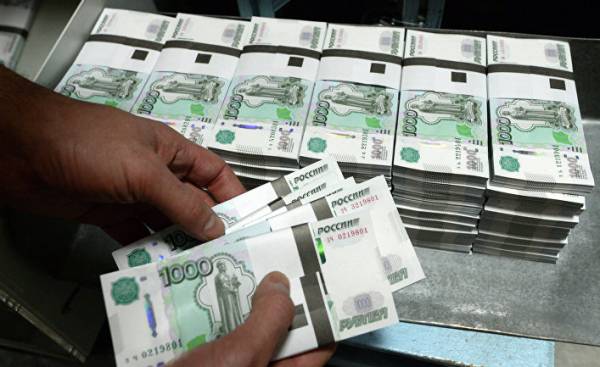
After the American military action in Syria, increased tensions with Russia, which supports the regime of Bashar al-Assad. The situation aggravated even more due to the fact that the Secretary of state Rex Tillerson and Russian foreign Minister Sergei Lavrov said after a meeting in Moscow that relations between the two countries dropped to a dangerously low level.
Geopolitical risks to support the price of gold and oil, but end up hurting the ruble. However, despite current developments, there is reason to believe that the ruble will be strengthened. Among the fundamental factors that could support the Russian currency, the trend of world, European and Chinese economies, and the increase in oil prices and raw materials in the forthcoming quarters.
The largest trading partners of Russia are the countries of the Eurozone and China. This is the most important economy, where in recent years the improved performance of production and purchasing power. Growth in these markets will increase demand for energy and industrial metals. The Eurozone, where in 2015 they took 60% of Russian exports, continues to surprise skeptics with its success, and such surprises should be expected even more. In China, in production from December 2014 to June 2016 has survived a recession, but then began to increase. This leads to higher prices for oil and industrial metals. There is reason to believe that the rise in the Chinese industrial sector will continue. The prospects for growth in major trading partners of Russia will contribute to the strengthening of the ruble and the rise of the Russian economy.
Global economic growth has an impact on commodity prices. According to forecasts, the rates of growth in 2017 and 2018 will be better than 2016. At the end of 2016, Russia have joined OPEC and outside the cartel of oil producing countries to cut oil production. This supported oil prices, increased global demand and contributed to speeding up economic growth in the world. And the ruble is closely linked to oil prices.
As one of the world’s leading oil producing countries and an important exporter of oil, industrial metals and other raw materials, Russia will certainly benefit from even a modest acceleration in global economic growth in the coming two years. In 2015 (this is the last year for which complete data are available on trade of Russia) oil and other mineral fuels accounted for 63% of Russian exports, the share of industrial metals and ores accounted for 13%, and the rest of the raw material 10%. In General, primary commodities made up 86% of total exports, nearly 30% of the nominal gross domestic product.
Given the fact that the Russian economy is highly dependent on mineral resources, the country is on the bottom rung of the global supply chain. So it very much depends on the vagaries of demand, and changes in global growth rates affect the economy disproportionately. Slowdown hits Russian economy particularly hard, as it was during the recession in 2016. But the acceleration also creates a more powerful potential rise — as well as forecasts for the next two years.
Today all the media vying write about geopolitical tensions with Russia over Syria. But in terms of sales of the ruble in the long term, traders refuse to believe in the ability of the global economy have a positive impact on the Russian economy. In addition, we are waiting for an active driving season in the US, a large margin to the oil refining (crack-spread) and a possible extension to the reduction in oil production at OPEC meeting in Vienna on 25 may. And it is fraught with increase in oil prices and the ruble exchange rate, even if political tensions persist.
The content of the article may not reflect the views of the editorial Board, Bloomberg LP and its owners.
